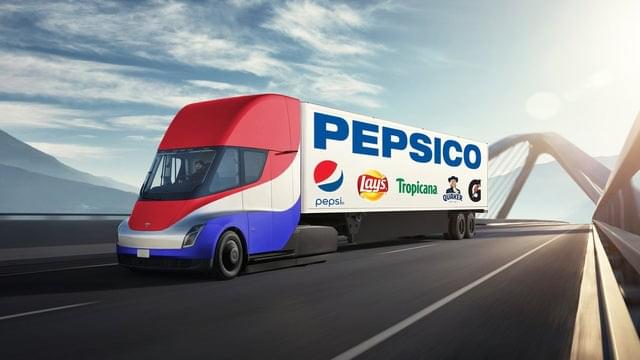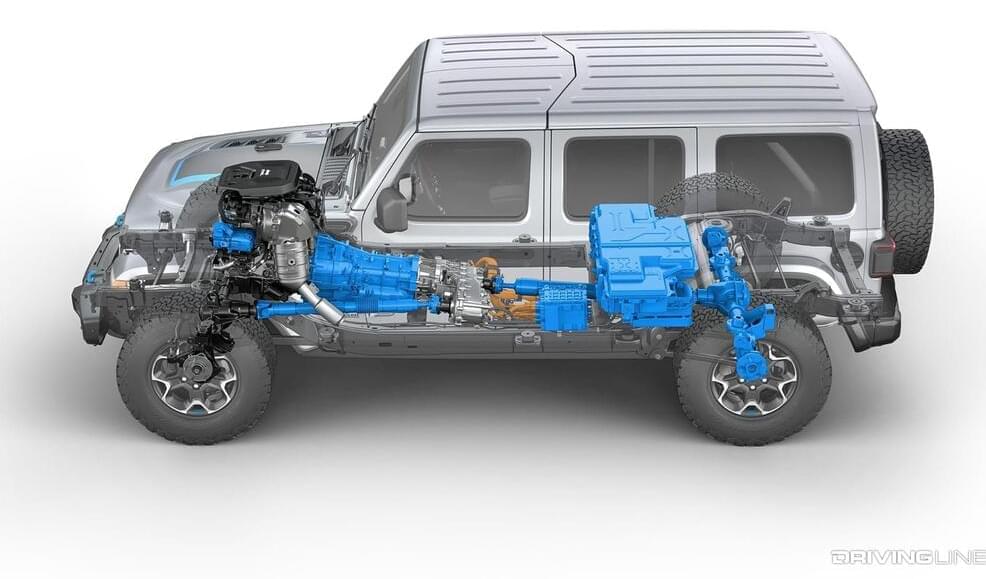And it’s down for tests this year.
Last month, Pantuo Aviation revealed the PANTALA Concept H, a sleek-looking flying taxi concept that has strong similarities to Lilium’s ducted fan eVTOL aircraft at the same time as featuring some key design differences.
As little was announced in the way of specifications or development progress at the time, we reached out to Pantuo, who sent us information on their new concept via a company spokesperson.
According to Pantuo Aviation’s representative, the all-electric PANTALA Concept H has a range of 155 miles (250 km) and will be able to travel at speeds of over 186 mph (300 km/h). The aircraft uses lithium-ion batteries and features 22 large-diameter electric ducted fans rather than open rotors. Much in the same fashion as Lilium’s seven-seater aircraft, which the German company aims to bring into service by 2024, the PANTALA’s fans provide added redundancy, meaning an enhanced level of safety for passengers. One factor that sets the PANTALA Concept H apart from the Lilium flying taxi, however, is the fact that its entire wing tilts to change from vertical to normal flight mode.
Full Story:






